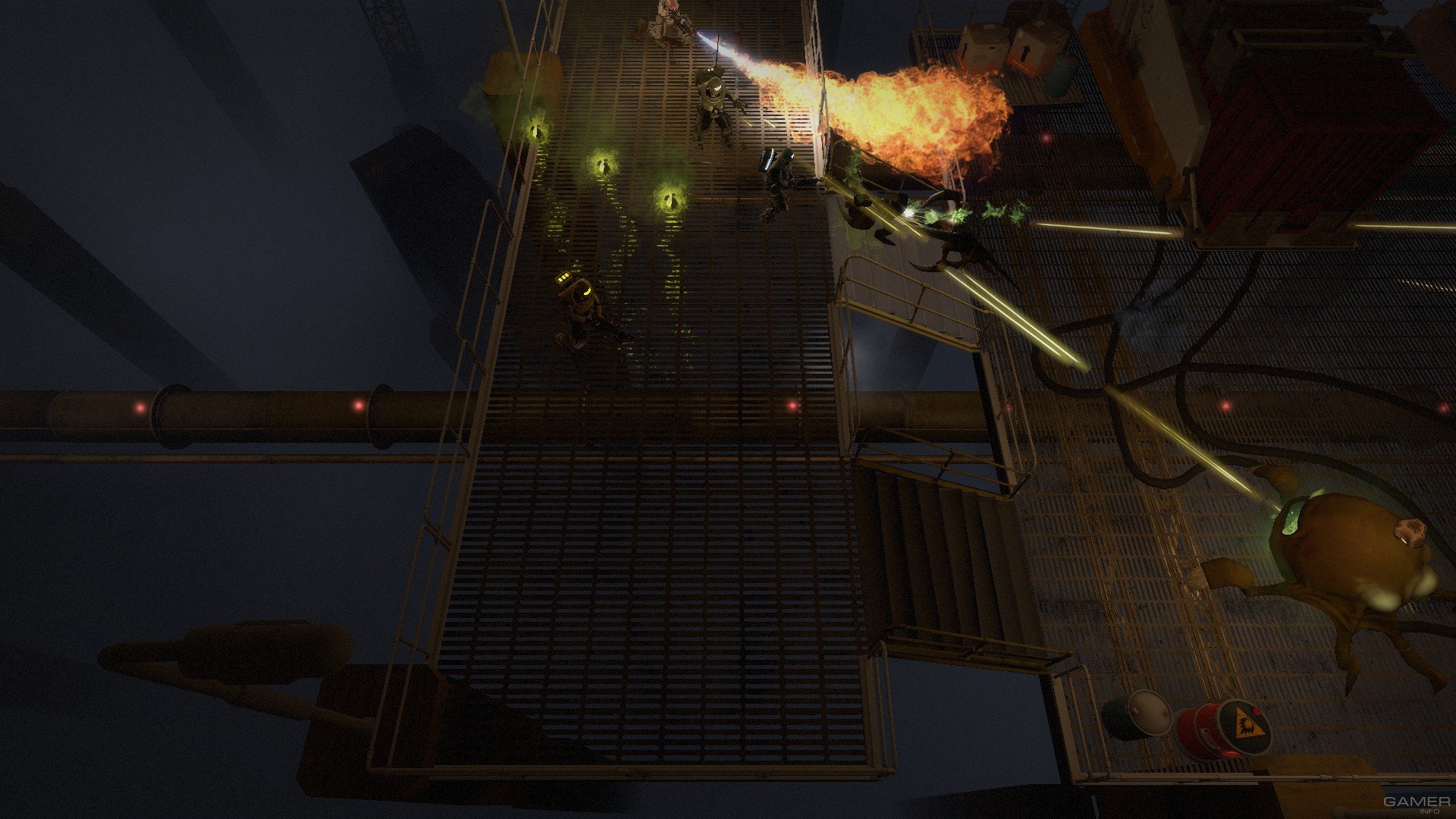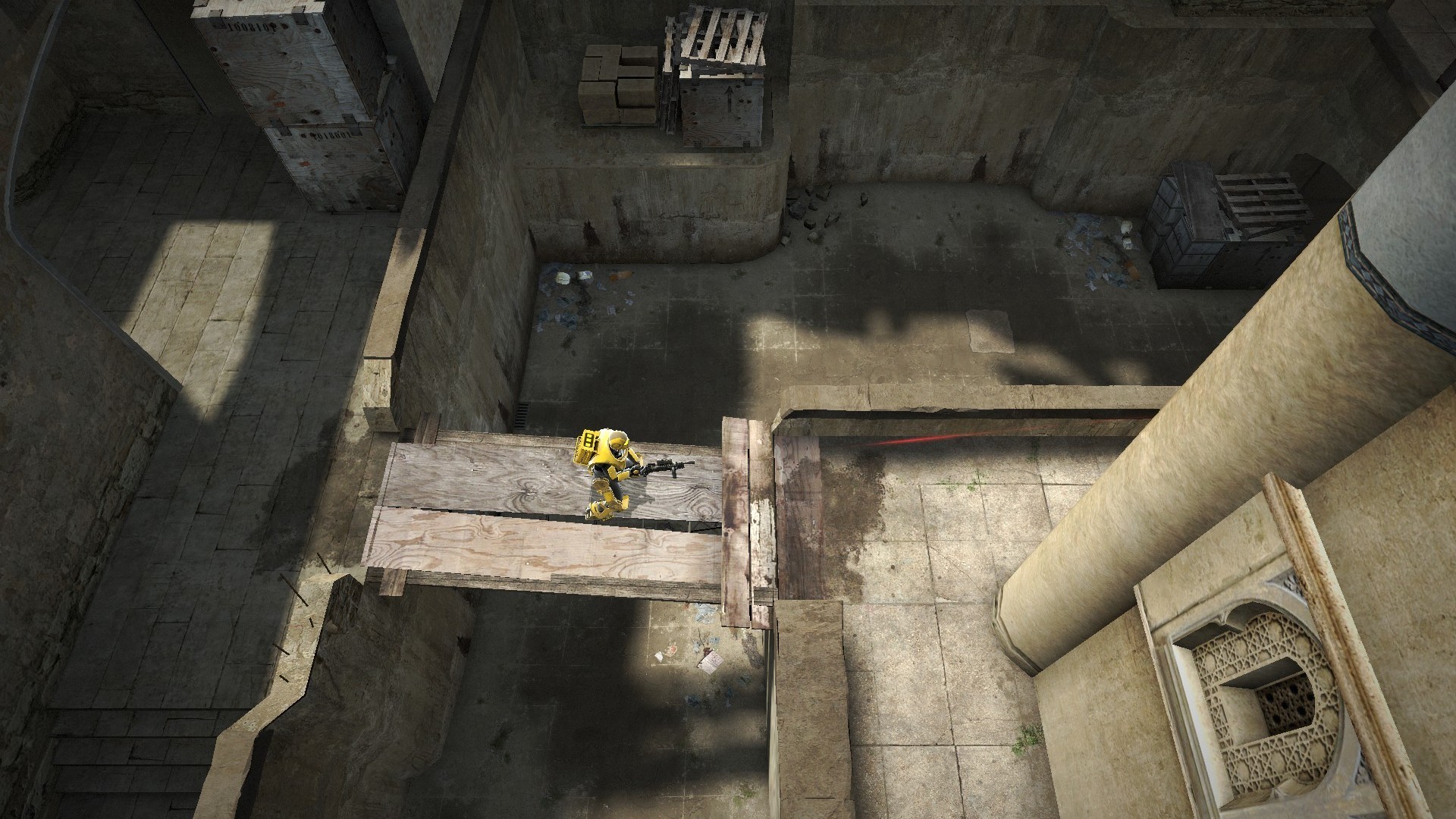

These blood vessels branch out into many series of smaller vessels, similar to the blood vessel structures found in the body.Ĭhen’s team developed an innovative bioprinting technology, using their own homemade 3D printers, to rapidly produce intricate 3D microstructures that mimic the sophisticated designs and functions of biological tissues. “3D bioprinting organs can help bridge this gap, and our lab has taken a big step toward that goal.”Ĭhen’s lab has 3D printed a vasculature network that can safely integrate with the body’s own network to circulate blood. This is a big bottleneck in making organ transplants, which are in high demand but in short supply,” said Chen, who leads the Nanobiomaterials, Bioprinting, and Tissue Engineering Lab at UC San Diego. “Almost all tissues and organs need blood vessels to survive and work properly.

These blood vessels also are not capable of integrating with the body’s own vascular system. But existing technologies are slow, costly and mainly produce simple structures, such as a single blood vessel - a tube, basically. Researchers from other labs have used different 3D printing technologies to create artificial blood vessels.

The new research, led by nanoengineering professor Shaochen Chen, addresses one of the biggest challenges in tissue engineering: creating lifelike tissues and organs with functioning vasculature - networks of blood vessels that can transport blood, nutrients, waste and other biological materials - and do so safely when implanted inside the body. Now, nanoengineers have added a new item to that list: a 3D printed biomimetic blood vessel network. 2, 2017 - In the past decade, engineers at the University of California San Diego have 3D printed a variety of devices ranging from rocket engines, to robots, to structures inspired by the seahorse’s tail. Photos by Erik Jepsen/UC San Diego Publications Nanoengineering professor Shaochen Chen 3D prints a biomimetic blood vessel network. Nanoengineers 3D print lifelike, functional blood vessel network that could pave the way toward artificial organs and regenerative therapies


 0 kommentar(er)
0 kommentar(er)
